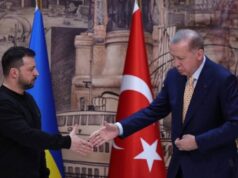Census 2021 shows India overtakes China in migration, nearly half of all Australians have overseas-born parent
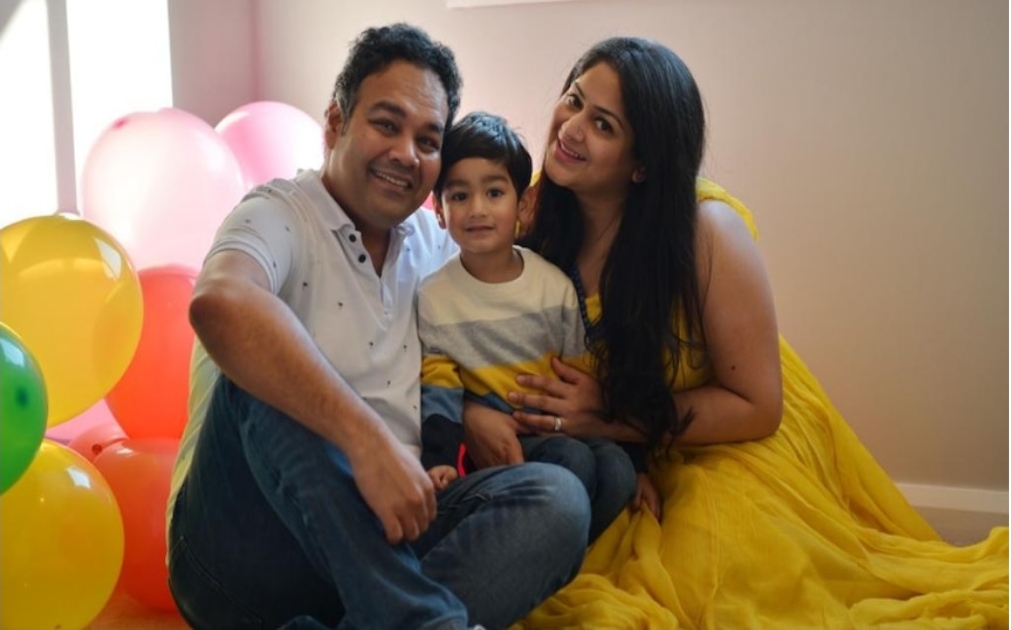
By Annika Burgess & JasonFang
Dipti Ray and her family are among a growing Indian community in Australia. Dipti Ray and her family moved permanently to Australia from India in 2020.
Key points:
• The 2021 census data shows almost half of all Australians have a parent born overseas• India has overtaken China and New Zealand to become the third-largest country of birth, behind Australia and England
• Mandarin continues to be the most common language other than English used at home
The 36-year-old spent time in the country for work a decade ago, but didn’t imagine this was where she would end up.
“I went back to India because my family and everybody was there… I never really thought of moving back to Australia,” Ms Ray told the ABC.
“But especially after having a kid, we thought we would have better opportunities here.
“Although relocating during COVID came with its challenges, Ms Ray, her husband and four-year-old are happily settled in Glen Waverley in Melbourne’s east.
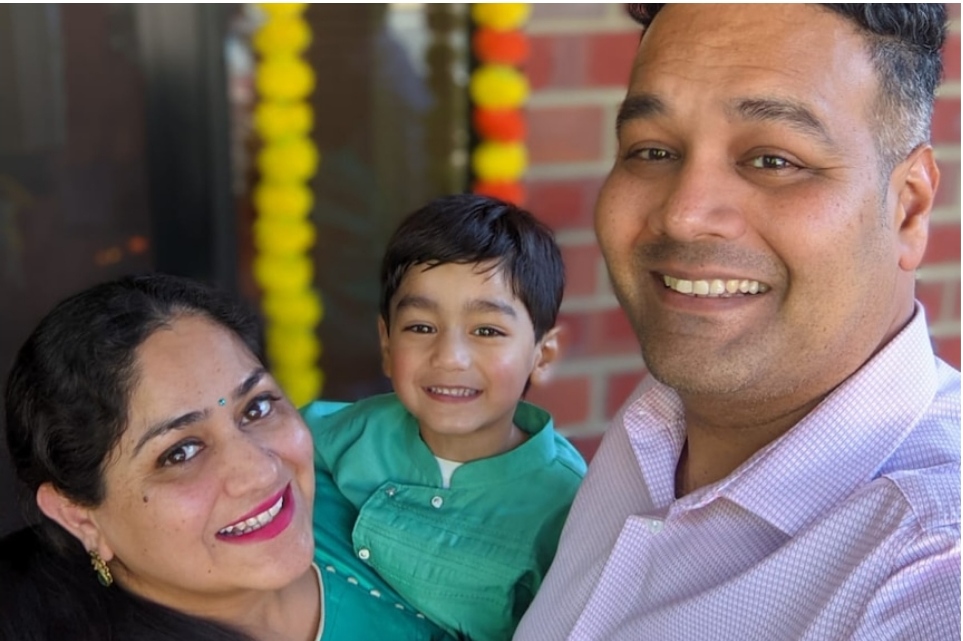
Dipti Ray says she speaks to her son in Hindi and ensures he interacts with the Indian community.
The Ray family are part of a growing Indian community in Australia.
Nearly 220,000 additional people reported they were born in India in the latest census, compared to when the previous census was conducted in 2016, according to Australian Bureau of Statistics data released today.
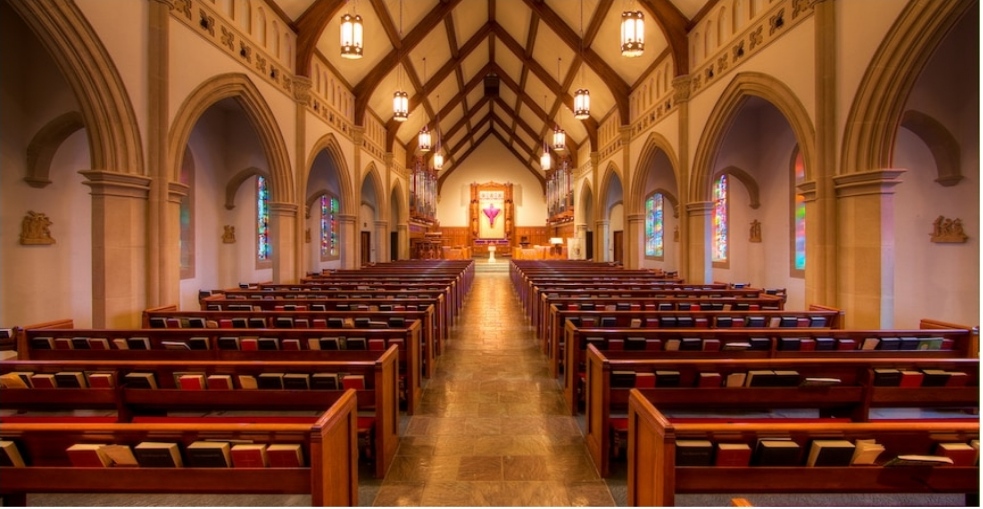
Photo shows Catholic church interior
For the first time, census data shows fewer than half of Australians say they are Christian.
This led to India overtaking China and New Zealand to become the third-largest country of birth, behind Australia and England.
And in total, more than 1 million people have migrated to Australia since the 2016 census.
Ms Ray says there is a large Indian community her family connects with for cultural activities, but she has also seen a wider recognition of India’s traditional celebrations.
“There’s a lot of exposure to these festivals — I know Diwali is a big thing,” she said.
“So it’s not just the Indian community, but also the Australian community that is kind of initiating these festivals and celebrations.
”The federal government announces it will begin collecting ethnicity data as part of measuring diversity, a move long recommended by experts.
The census — a national household questionnaire carried out every five years — took place in August last year amid the worsening COVID 19 Pandemic..
The data revealed that almost half of all Australians (48.2 per cent) had a parent born overseas, and more than a quarter were themselves born overseas.
In comparison, 45.5 per cent of Australians had at least one parent born overseas in 2016.
Australians were also asked to report up to two “ancestries” — separate to the question about country of birth.
English remained the most common ancestry (33 per cent), followed by Australian (29.9 per cent), Irish (9.5 per cent), Scottish (8.6 per cent) and Chinese (5.5 per cent).
Nepalese community doubles
Another notable migration trend was the growth of the Nepalese population, which doubled since the previous census.
Nepal had the second-largest increase in country of birth, with an additional 67,752 people counted.
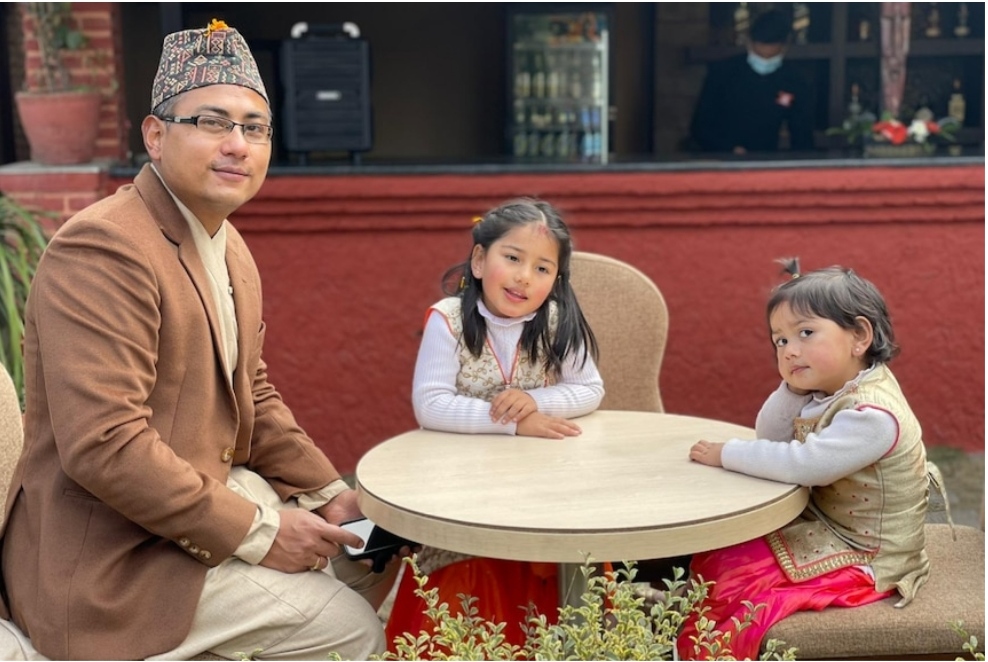
Pranab Shrestha tries to speak Nepali to his daughters at home and keep up cultural traditions.
Pranab Shrestha came to Australia in 2014 to finish his master’s degree in engineering.
He ended up staying on a skilled migrant visa.
“I had plans to go back to my home country but our family business that was there didn’t work out,” Mr Shrestha told the ABC.
“So I felt that it was better to stay for our job opportunities and options for a more comfortable life.”
The latest Department of Home Affairs figures show that, since 2017, the majority of Nepalese migrants are entering the country on the state and territory skilled nominated visas and partner visas.
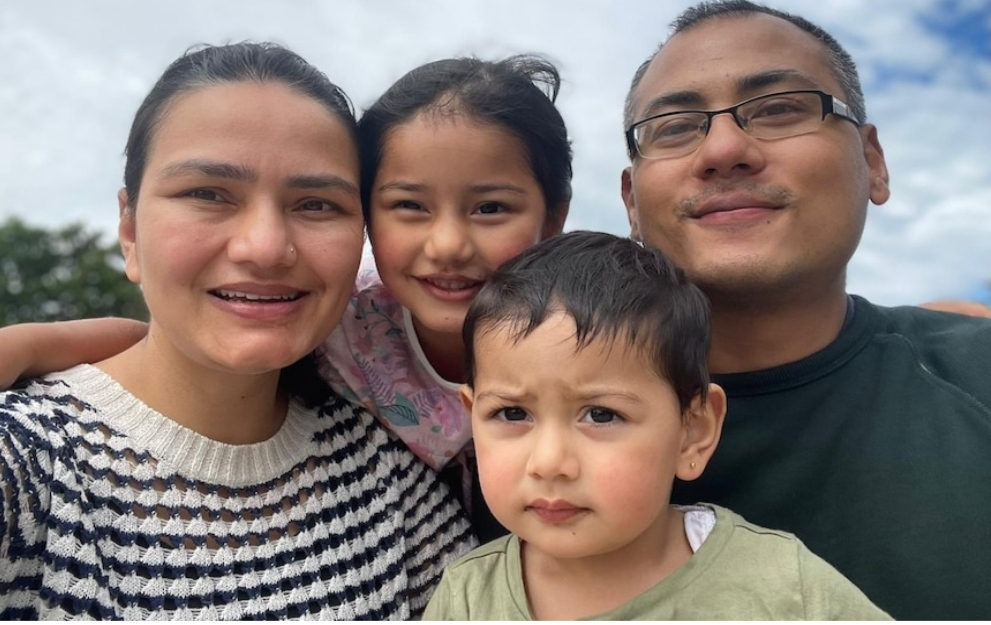
Pranab Shrestha remained in Melbourne after he finished his studies and has since had two daughters born in Australia.
Mr Shrestha says there was already a sizeable Nepalese community where he lives in Melbourne’s north-west, but lately he has noticed it growing.
“When we go to shops or the plazas you can hear more people conversing in our language,” he said.
The 37-year-old tries to speak Nepali as much as he can with his two daughters, who were born in Australia.
They also celebrate their traditional Nepalese customs.
For Mr Shrestha, he was able to transition comfortably into life in Australia, saying there were systems in place to help him along the way.
“You can get a lot of information easily available and it’s sufficient enough to guide you through, actually,” he said.
Mandarin remains language most spoken other than English
Although India overtook China to become the third-largest country of birth, Mandarin continues to be the most common language spoken at home other than English.
Nearly 700,000 people reported speaking Mandarin at home, followed by Arabic with about 367,000.
Punjabi had the largest increase of 80 per cent since 2016, with just over 239,000 Australians now using the language at home.
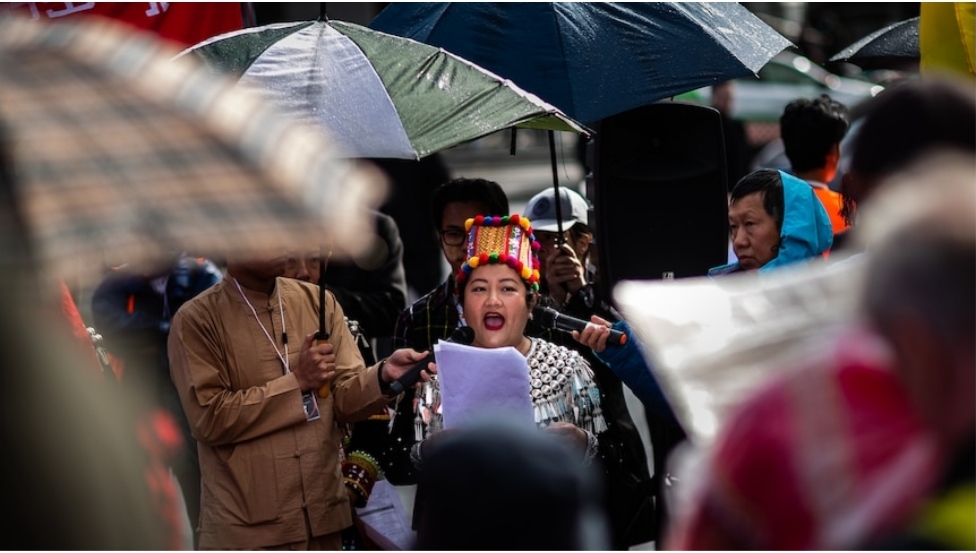
Photo shows A woman in a colourful traditional hat speaks into microphones surrounded by umbrellas.
The Australian census is meant to provide a detailed snapshot of the nation, but some ethnic communities in Australia say it fails to recognise them.
The 2021 census data collected information on more than 250 ancestries and 350 languages.
“The information collected in the census provides important data to help plan services and support for culturally and linguistically diverse communities at the local level,” Australian Bureau of Statistics chief statistician David Gruen said.
“For example, by understanding the growing population groups in their area, community groups can provide in-language services at the local level.”
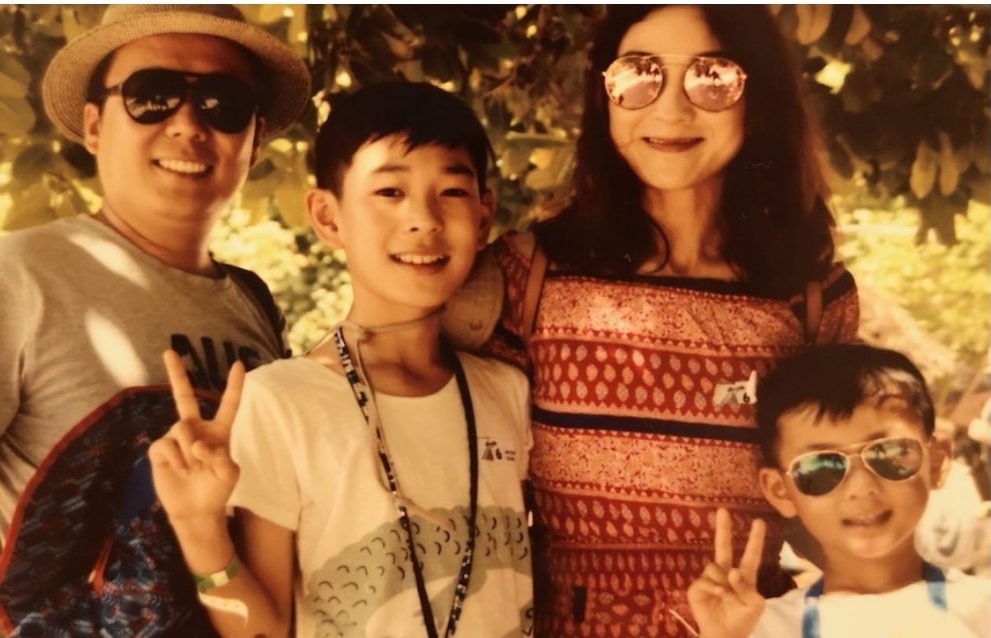
Tingting Wang and her family are among the more than 5.5 million people in Australia who use a language other than English at home. (Supplied)
Tingting Wang came to Australia in 2003 as an international student.
After graduation, she chose to stay in Australia, got married and had two children.
For Ms Wang and her husband, Hai Li, it is important that the next generation maintains language skills.
They speak Mandarin with their two boys at home to give them a better understanding of Chinese culture.”We believe learning Chinese is vital to our kids,”
Ms Wang told the ABC.”We need to provide a good language environment for my sons to practice Chinese every day and bring them up in a bilingual context.
“It is common for Chinese Australian parents to place strong importance on children keeping up language skills.
Ms Wang teaches at a language school over the weekends and witnesses how difficult it can be for second-generation migrants to read and write Chinese.
“I frequently take my kids to China for a holiday during school breaks, so that they can immerse themselves in Mandarin and Chinese culture,” she said.

